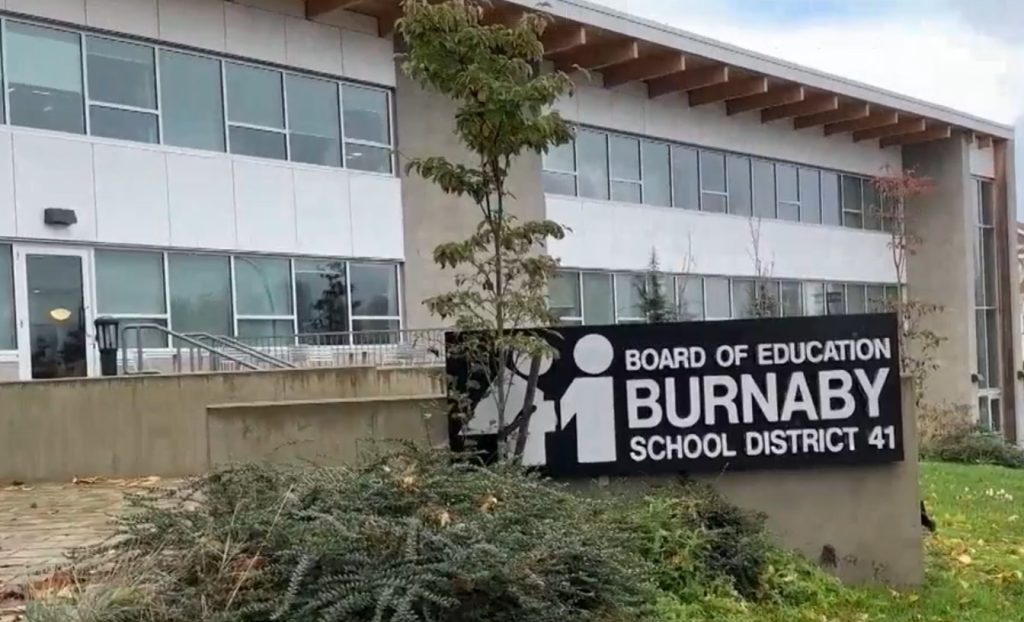B.C. overdose prevention committee develops ideas for campus safety

Posted July 10, 2024 7:03 pm.
Last Updated July 11, 2024 9:07 pm.
The B.C. government announced it’s developing new safety measures to protect university students from overdose, following the January death of a teenaged student at the University of Victoria.
According to a release Wednesday, the province’s Post-Secondary Overdose Prevention and Response Steering Committee has identified early actions designed to help students stay safe and reduce the risk and harms related to toxic-drug poisonings on campuses.
Cailin Sidney McIntyre-Starko, known to her friends and family as Sidney, died after she and another UVic student collapsed in their dorm in January.
Sidney’s mother, Caroline McIntyre, an emergency physician, wrote a letter after her daughter’s death, saying that she died from a “witnessed fentanyl overdose,” which she believes was preventable.
Post-Secondary Education and Future Skills Minister Lisa Beare says while the province already had policies in place, Sidney’s death shows they simply weren’t enough.
“The guidelines that are being released are to be implemented immediately, and the ones coming in the fall are to be immediately implemented as well, and so all 25 public post-secondaries are with us doing this work,” said Beare.
In May, Premier David Eby announced a coroner’s inquest would be held to get answers for her death. Meanwhile, the provincial government said the post-secondary minister would meet with universities and colleges to discuss what needs to be done to keep students safe on campus.
Following those consultations, the province says its steering committee is still “reviewing existing policies, identifying gaps, and recommending best practices in overdose prevention,” but has outlined some actions that will take effect across all B.C. campuses in time for the fall semester.
The measures include providing specific rules about contacting emergency services, expanding education about toxic drug alerts, and increasing the distribution of overdose prevention kits and anti-overdose drug naloxone.
“[Naloxone] will be available in dorms for sure,” Beare said.
“It will be available wherever students need it, and faculty and staff need it. We are bringing nasal naloxone to campuses so it is easier for students to use.”
Post-secondary institutions will soon be required to contact 911 “immediately, with no hesitation” when an overdose or drug poisoning is suspected.
“All institutions should ensure that it is made clear to students to call 911 first, and campus security second in the event of an emergency. To support institutions, additional guidelines will be developed to further ensure effective and timely assistance in medical emergencies,” the province said.
All schools will be required to sign up for real-time text messaging services that share information about toxic drugs in their community. The province says they’re expected to pass the information on to their students, staff, and faculty.
Additionally, the province is drafting guidelines that will make naloxone, a medication that can quickly reverse the effects of an overdose from opioids, widely available on all 25 public B.C. campuses and student housing.
The steering committee is reportedly working on overdose prevention education that will target specific groups including post-secondary students in student housing and trades programs, as well as underserved and vulnerable populations.
—With files from Aastha Pandey-Kanaan and Jack Morse.








